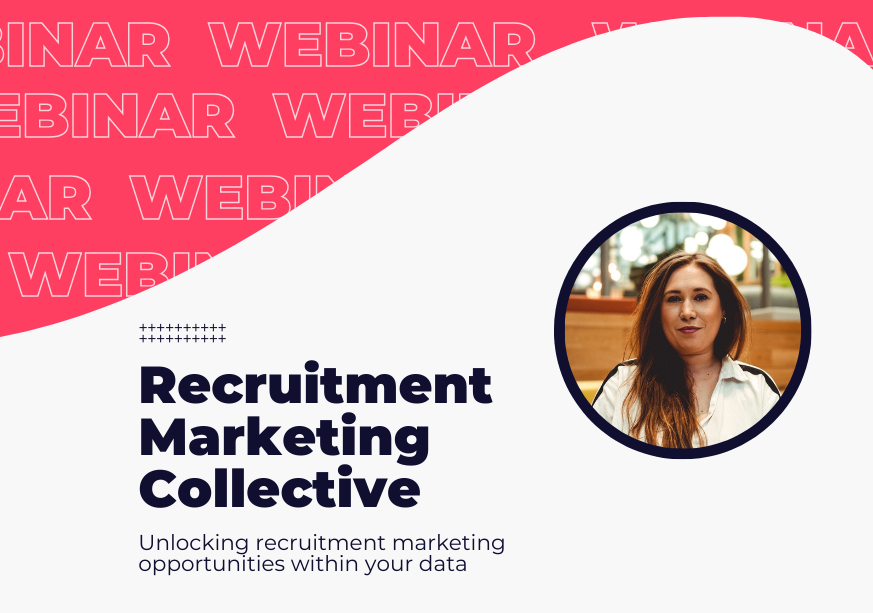Explore our NEW Knowledge Base and Help Desk to find everything you need to attract, engage and convert talent with your Vennture website.
Discover MoreCrafting Content that Keeps Everybody Happy
05 Aug, 20152 minutes
Writing for websites isn’t easy. Piecing words together to interest or convince people is complex enough, but when SEO is involved there’s also search engines and their algorithms to traverse. This can cause us to lose sight of what really matters.
It’s your content that gets people to your site, but it’s also there to encourage them to slip off their coat and stick around. Fortunately, there are things you can do to keep search engines and people happy at the same time.
Target users, not keywords
It’s easy to get bogged down in playing the SEO game, but there is no formula for building the perfect landing page. There is no universal right way to put content together and presentation should be influenced by what’s being offered, not just where people are initially finding it.
To do this, put yourself in the place of a customer and deliver what you’d want to see, but be aware of search engines. They are the likely means of transport for most of your new visitors, so technical fundamentals like meta tags, schema and HTML markup will always be important – just not quite as important as the people themselves.
Using a plumber’s website as an example, it’s not a stretch to say a visitor might be seeking immediate help. They will be looking for a contact number, some reassurance of quality and possibly the basic call out charge. Keyword stuffed text won’t encourage them to get in touch and if they can’t quickly tick the boxes they need to make a call, they’ll bounce back to their search results. Their situation means urgency and trust matter far more than optimised text.
If you compromise what you present to visitors in order to appease a search engine, any success will be hollow and short lived. You could be the first result for every single query, but if you don’t provide what searchers are looking for you’d get nothing but worthless traffic. If content doesn’t fulfil a user’s search intent, what is it even doing? Google wants to serve people the best results it can, so results that don’t do this won’t be listed for long.
Rather than focusing on keywords and their variants, targeted landing pages are better off answering important, related questions and actually addressing the needs of people. If you do this, your authority and audience will both grow and that’s a far bigger recommendation for search engines than purely looking at keyword densities.
Revisit and refresh old content
Without some upkeep, your site’s content will age and wither. This can lead to dated copy, pointless pages and content ghost towns where few dare tread. There are many reasons, including your reputation and site performance, to avoid this.
For one, Google are actively clamping down on pages it identifies as offering no unique value. These pages are defined by Google as doorway pages, due to their sole purpose of pushing people towards other, more relevant sections of a site. They are only interested in catching as much generic search traffic as possible. I covered these pages in more detail in a previous post.
While many will have taken this approach willingly, in an attempt to increase keyword visibility, plenty fall into it inadvertently. If you have pages that rely on additional temporary content, such as job or product listings, to make them valuable and they’re at risk of being classed as a doorway if the value dries up. It comes back to meeting user intent – if you’re duping visitors onto your site, innocently or otherwise, then forcing them to go to another page, you aren’t helping your reputation with people or Google.
By revisiting pages and content regularly this, and other smaller issues such as dated copy, can be avoided. While pages can usually be updated or have value added to them in other ways, such as the addition of truly relevant information or unique media, there will be times when it’s best for pages to be merged or deleted altogether. Either way, this means pages will be removed and this comes with a new set of technical and personal considerations.
Minimising 404 bounces
You should always be conscious of your linking and sitemaps when adjusting or removing pages as search visibility and user experience will suffer if you don’t. However, whether it’s through fault of your own or not, it’s inevitable that people will end up on URLs that don’t exist. This is where 404 pages come in.
While the idea is to avoid 404s altogether through clever redirects and accurate linking, they are still familiar to most web users. When met with one, it is natural to be confused, disappointed or even distraught, but a good 404 page can actually salvage the wreck of a visitor entering your site through a dead or broken link.
This is done by displaying a customised 404 page instead of something that resembles a Word document. I’m not advocating anything showy or over the top. Our 404 page isn’t inspirational or perfect, but it falls within our tone of voice, maintains all navigation and has a form in the footer for people to inform, chase or castigate us about what they were visiting us for.
Depending on your site’s contents and size, simple features such as a search bar or suggested list of site destinations will dramatically improve your chances of turning a broken session into a worthwhile one.
Be open about yourself
Be honest. If an unfamiliar website had something you needed at a much lower price than any reputable brands, would you hand over your money without hesitation? Without getting any extra information first, you’d be mad to, but what if they seduced you with their story? What if you could look their team members in the eye?
The potential of the About Us section is regularly overlooked. Too often it is a wall of text full of egotistical claims and mission statements but devoid of all personality. In order for it to do more, it should be approached like any other landing page. If you ask yourself what a typical visitor would like to know and fulfil this, you give yourself a much better chance of leaving an impression.
Transparency can go some way towards winning us over as customers, but it may not necessarily override the suspicion that surrounds ‘too good to be true’ deals or an unfamiliar company. Then again, what if a site includes genuine reviews, case studies or testimonials?
There’s a reason sites like TripAdvisor are so widely used. People don’t just want to hear what Company A think about themselves, they want to know what customers like them think too. If you’re good at what you do and confident you have something to offer, open reviews hold nothing for you to fear. Few things soften standoffish visitors like a reassuring word from their peers.
An about us page or honest review won’t bring you more traffic. It won’t convince anybody by itself or directly grow your business, but it just might help to convince your visitors. Besides, if you have the culture, story and passionate customers, it’d be a waste not to flaunt them.
Your website will be found by people using search engines but don’t forget the first part of that sentence.
Your website will be found by people.
Awareness is great, but never prioritise the medium before the audience.



